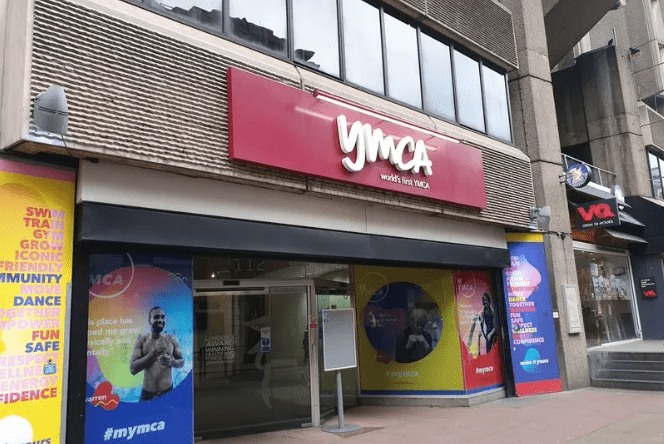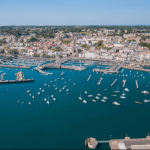A campaign is underway to protect one of London’s most iconic modern structures — the former Central YMCA on Great Russell Street — after its closure earlier this year. Heritage advocates are pushing for the building, long considered a brutalist London landmark, to be granted listed status.
Two major campaign groups, the Twentieth Century Society and the ExY Club, have formally requested that Historic England assess the structure for national heritage listing. Their objective is clear: to safeguard the architectural integrity of a site that once housed the world’s very first YMCA.
The brutalist London landmark was sold to Criterion Capital in late 2023 and shut its doors in February. The closure marked the end of an era for a building that served as a central hub for health, well-being, and community activities for nearly five decades.
Ryan Palmer, Chief Executive of Central YMCA, previously cited rising maintenance costs and shifting local demographics as key reasons for the closure: “It has become clear that the cost of operations at the Club are now not being covered by the number of members the Club can sustain… we have concluded the sale of the 112 Great Russell Street site.”
Despite public outcry and a petition signed by more than 8,000 people, efforts to stop the closure were unsuccessful. Camden Council also supported a pause to explore alternatives, but the brutalist London landmark shut down as planned on 7 February.
The Twentieth Century Society describes the YMCA building as a “colossal and fantastically robust 1970s Brutalist concrete megastructure.” Positioned just off Tottenham Court Road, the structure is both vast and visually arresting — a true brutalist London landmark in form and spirit.
A spokesperson for the Society stated: “Recognising the building with national listing would ensure that, whatever the future may hold, its undeniable architectural qualities would endure.”
Their submission underscores the site’s blend of historic, social, and architectural significance, noting it remains in excellent condition inside and out.
The ExY Club, formerly the Save the YMCA Club Committee, highlights the building’s multifaceted role as more than just a gym. Its layout was designed to promote visibility and inclusivity across all activities. This, they argue, sets it apart as a unique example of British Brutalism in an urban context.
“Its rarity as a piece of British Brutalism is amplified by its uniqueness as a fully functioning suite of interrelated spaces,” their application notes.
The submission also pays tribute to its cultural legacy — from Olympic basketball glory in 1924 to pioneering health programmes and inclusive community work. For regular attendees, the brutalist London landmark served as a lifeline.
Doron Jacobs, a long-time user, shared: “It’s a huge loss really… My overriding feeling is this is just another facility in London being lost in the interest of tourists and big businesses rather than the local communities.”
The building’s future remains uncertain. Criterion Capital, which owns major West End sites like the London Pavilion and the Trocadero, is believed to be repurposing the brutalist London landmark into part of its Zedwell hotel brand. An underground Zedwell hotel already operates on-site.
A similar controversy recently unfolded between Criterion Capital’s Zedwell LSQ and the Prince Charles Cinema, raising concerns about cultural displacement across central London.
Historic England has confirmed it is assessing the case: “In due course we will submit our advice to the Department for Culture, Media and Sport (DCMS), who will then make the final decision on the case.”
Campaigners hope the decision will favour protection. For them, the brutalist London landmark is not only a bold statement of architecture, but also a monument to decades of community spirit.
Until then, the building remains in limbo — a concrete colossus caught between history and the ever-churning gears of redevelopment.






